
Filling Instruments, CONTRA-ANGLE - Dental...
Filling Instruments, CONTRA-ANGLE - Dental Instruments for Conservative Dentistry ...
Portal and digital medical technology fair of the largest MedTech cluster in Germany

Filling Instruments, CONTRA-ANGLE - Dental...
Filling Instruments, CONTRA-ANGLE - Dental Instruments for Conservative Dentistry ...
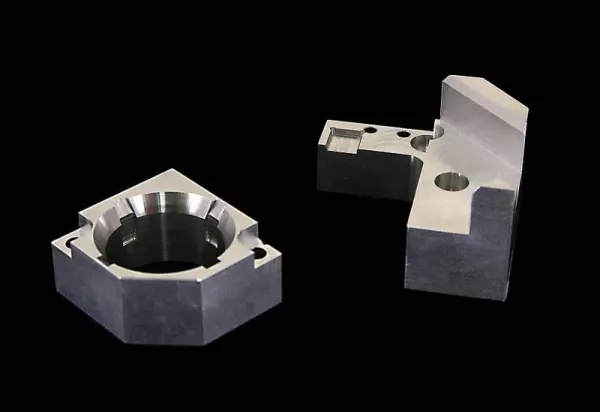
Just in time production Just-in-time production...
We meet your high demands to your satisfaction with prototypes, small and medium-sized series, espec...

Dental Microsurgery Instruments
46.319.17 SCISSORS, SURGICAL TISSUE, MICRO MICRO-SPRING SCISSORS, MICRO SERR. ZEPF-LINE, SH/SH, A...
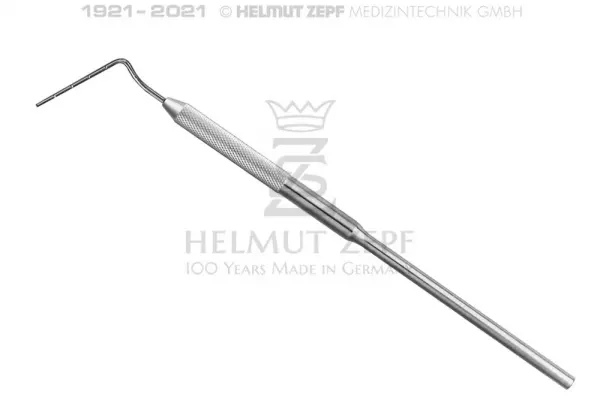
PLUGGER, ROOT CANAL / Endodontics Dental...
19.512.03 PLUGGER, ROOT CANAL 0.3 MM, GRADUATION 5/10/15/20MM 19.512.04 PLUGGER, ROOT CANAL...

We manufacture ear curettes according to BUCK. Length 150 mm, Fig. 00 - 03 (1,5 - 4,0 mm) in various...
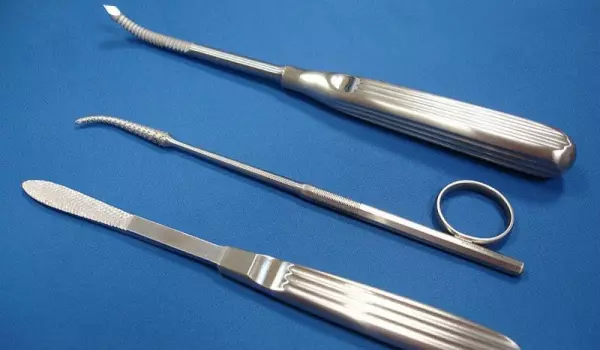
Ear, nose and throat instruments
ENT INSTRUMENTS Ring knives Our ring knives have been valued by our customers for over 40 year...

Curettes / Scaler stainless handles - Dental...
Curettes / Scaler stainless handles - Dental instruments made by Schwert 3253...
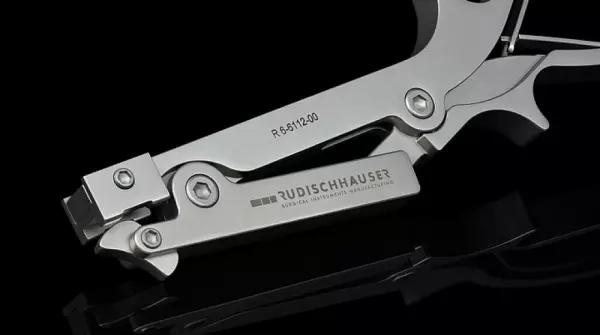
Spine - Instruments & Implants
We develop, optimise and manufacture a variety of spinal implants and instruments (e.g. pedicle scre...
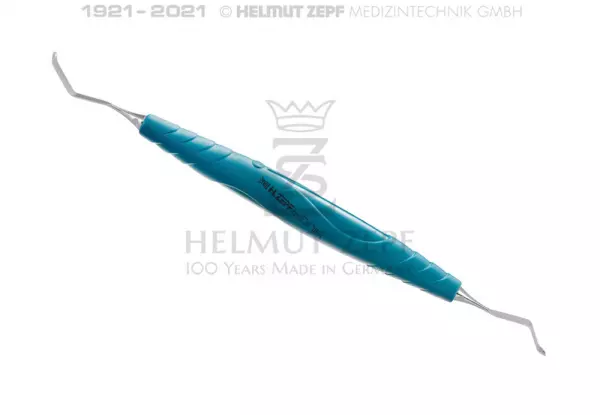
PA Universal Dental Instruments - Parodontology
24.548.01 APPLICATOR SUTURE PERIODONTAL, BLACK BIONIC HANDLE, INSERTS INTERCHANGEABLE 24.548.0...
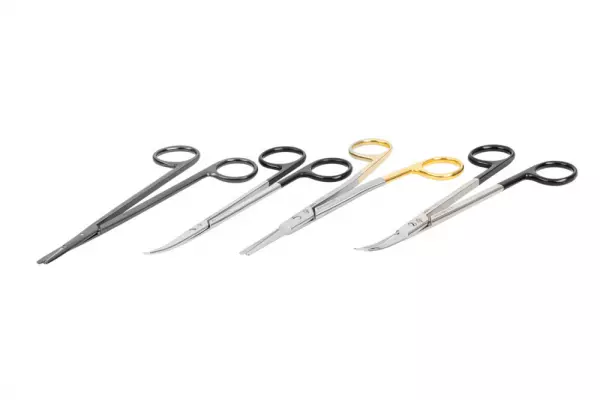
We can offer you a wide portfolio of surgical instruments for the most diverse medical disciplines....
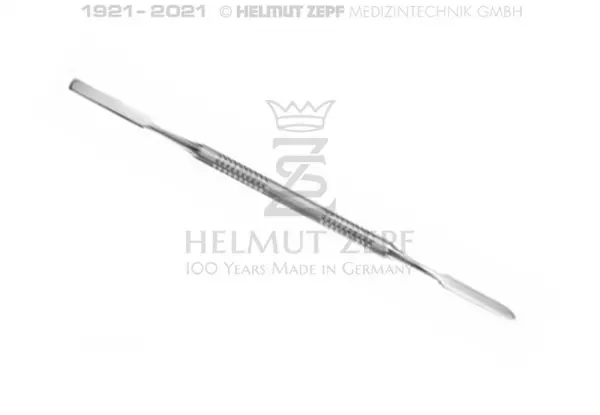
Cement Spatula - Dental Instruments for Conservative...
Cement Spatula - Dental Instruments for Conservative Dentistry 26.130.01 PLASTIC INS...

Curettes / Scaler (stainless steel) - Dental...
24.551.24S PERIODONTAL SICKLE SCALER, FIG. 204-S, NARROW MODEL, HOLLOW STAINLESS STEEL HANDLE...

Periodontal curettes are hand-activated instruments that are used during the scaling and root planing process of the teeth. They are considered treatment instruments and are divided into two main categories: universal curettes and Gracey curlettes. This article describes the difference between these two types of dental curettes. What's important to remember when choosing a dental curette is that it's not necessarily a good tool for every case. For most purposes, however, these instruments are more effective than other, more expensive methods.
The first kind of dental curettes is called a Gracey curette. It has four sections with different sizes. The first two have a rounded shape for accessing narrow pockets. The second type of dental curette is called the Micro-Five. Its tip is made from stainless steel and features a 90-degree angle. This means it is ideal for working with both deep and narrow pockets. A micro-miniature version of the Gracey curette is also available.
The next type of dental curettes is a universal curette. This kind of dental curette is designed to be used in every quadrant and tooth surface. The blade is curved and has a 90-degree angle, making it a versatile instrument. Its shape allows dentists to access different areas of the mouth and teeth without difficulty. In addition, the universal curettes can be used on both the maxillary and mandibular jaws.
A curette can be used in a variety of dental procedures. It can be used in autopsy, surgery, and biopsy to scrape off tissue. It can also be used to clean out the ears. A soft curette should be used when cleaning out the ear. It should be lighted to ensure that it does not cause any damage to the ear. A bright light should be placed near the mouth when using a curette.
The length of a curette can vary from six to nine inches. For example, a micro-miniature gracey curette has a length of three millimeters. Unlike the miniature version, it is 20 percent thinner than its miniature counterpart. Because of this, it can access tight pockets while minimizing tissue trauma. For this reason, these small curettes are often used by dentists. They should be soft to prevent harm to the ear.
A curette is shaped like a stylus and has a flat, triangular-shaped blade that is slightly angled. Its blade is rounded, so that it can't cut soft tissues. For this reason, it's important to use a curette correctly. A scaler is an essential instrument for scaling the teeth. A curette is essential in the removal of tartar. If it is not sharp enough, it will not work well.
Another option is a Gracey curette. This is a type of stainless steel instrument with a single cutting edge. It is used to remove subgingival calculus and is generally preferred for deep gingival scaling. Both of these types are suitable for cleaning specific areas. The two types of dental curettes are often available in different sizes and styles. A dentist can choose the one that suits their needs. If a patient needs to be seen by a dentist regularly, a gracey curette may be the right choice.
Become a digital exhibitor yourself in the online portal of the largest and best-known MedTech cluster region in Germany and inform the world of medical technology about your products and services as well as about news, events and career opportunities.
With an attractive online profile, we will help you to present yourself professionally on our portal as well as on Google and on social media.